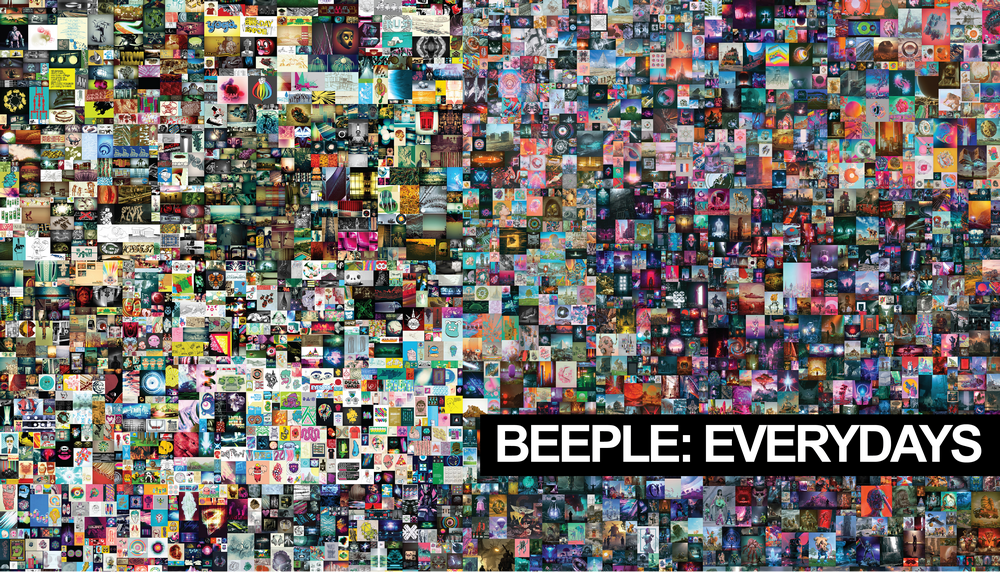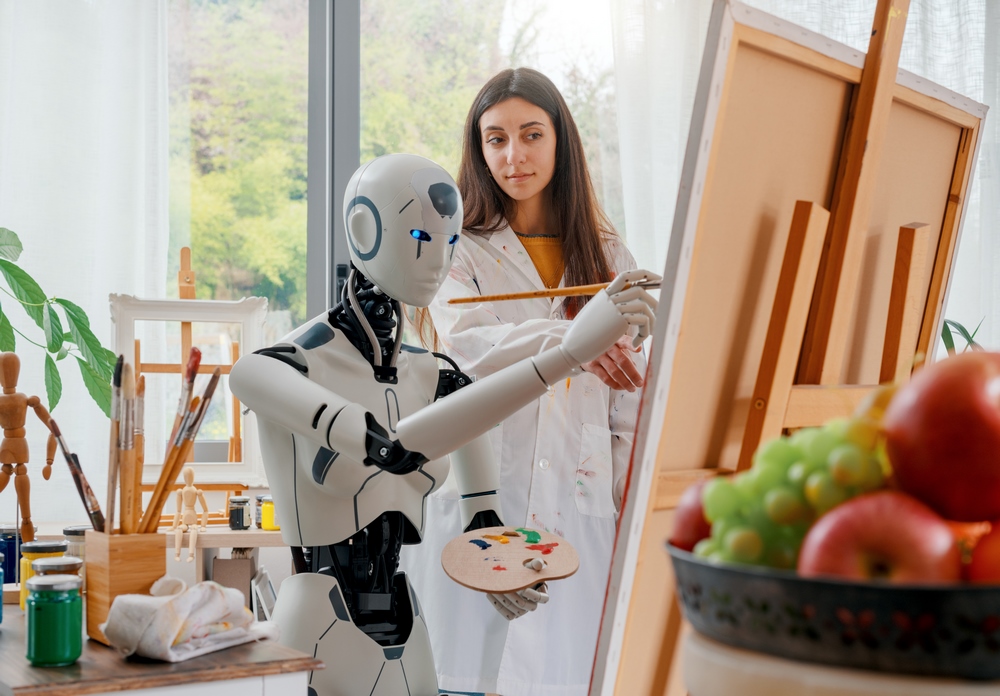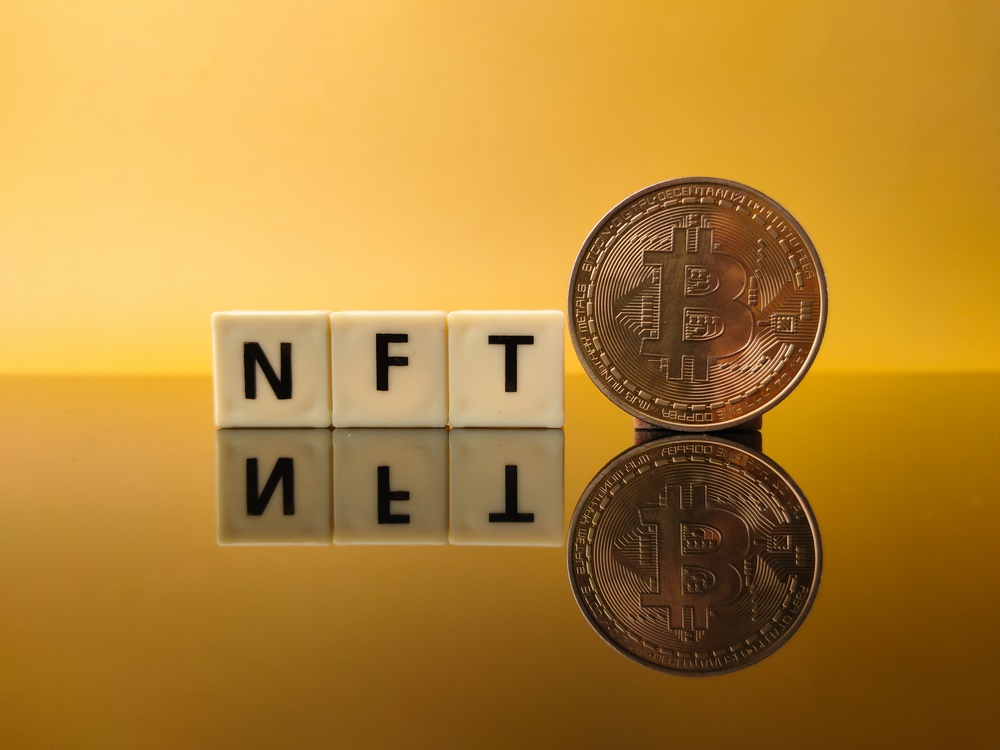My Third Note: NFT, digital art and the future of ownership
In today’s world, where technology is rapidly advancing and artificial intelligence and technologies like Neuralink are blurring the lines between humans and machines, the very nature of our existence has changed. As Marshall McLuhan said, in an age where the medium is the message, our lives are deeply influenced by the digital world. Art has also undergone significant changes. Digital art, created using computer tools, is gradually making its mark on the art world. But can this new art form compete with traditional art created on canvas? And can NFTs give this new art form identity and value? Given the increasing digitalization of life, the question arises: should we also value digital assets? Do coins, blockchains, and NFTs play a significant role in our lives?
It must be said that many people still view art in a traditional way; that is, as a work created on canvas or paper and tangible. But the reality is that digital art, like traditional art, requires creativity, skill, and artistic expression. The only difference is in the tools and environment in which it is created.
In this writing, I want to share some of my thoughts on digital art, traditional art, and the concept of NFTs.

A groundbreaking NFT artwork by Beeple, sold for $69.3 million at Christie’s in 2021. This digital collage consists of 5000 images created daily over 13 years, marking a significant moment in digital art history
What is an NFT and how does it impact digital art?
An NFT, or non-fungible token, is a unique digital asset recorded on a blockchain. Using NFTs, ownership of a digital artwork can be uniquely assigned to an individual. In other words, an NFT is like a digital certificate that proves you are the original owner of a digital artwork.
But why should you buy a digital artwork as an NFT?
The answer lies in the concept of ownership and authenticity. In the digital world, an NFT painting has unique ownership: the NFT is a digital certificate that proves you are the original owner of that painting. Even if thousands of people have copies of it, only you are the original and registered owner. This gives your painting a unique identity and turns it into a digital asset. This can increase its artistic and investment value, especially if a famous artist or art collection is behind it.
What is the difference between an NFT painting and a copied painting?
Imagine you have a famous painting. The original version of this painting is kept in a museum and has a very high value. But copied versions of this painting are abundant in the market and have much less value. This difference is due to the originality and unique ownership of the original version. The same thing happens in the digital world. A digital painting that is registered as an NFT is the original and unique version. Even if thousands of people make copies of this painting, only the owner of the NFT is considered the original owner of the work. So, in the digital world, an NFT painting has:
- Unique ownership: The NFT is a digital certificate that proves you are the original owner of the painting. Even if thousands of people have copies of it, only you are the original and registered owner.
- Artistic and investment value: The NFT gives your painting a unique identity and turns it into a digital asset. This can increase its artistic and investment value, especially if a famous artist or a specific art collection is behind it.
- However, in a copied painting, anyone can have a copy of the painting. These copies have no particular artistic or investment value and are simply a digital image.

For example, in the physical world, what makes the original Mona Lisa painting valuable is primarily its authenticity and artistic merit. The original Mona Lisa, due to its unique techniques, history, and the artist who created it, holds immense artistic value. Secondly, it’s the exclusive ownership; the Louvre Museum is the original owner of this painting, and any copy is merely an imitation. This imitation, similar to digital copies, lacks the authenticity and artistic value of the original painting.
Therefore, it can be said that an NFT-based artwork in the digital world and a physical artwork share several common characteristics.
Firstly, there is the concept of ownership: in both cases, ownership is the central focus. In the digital world, NFTs record this ownership digitally, while in the physical world, ownership is proven through legal documents.
Secondly, there is artistic value: both cases demonstrate that artistic value depends not only on the work itself but also on its authenticity, uniqueness, and ownership.
Thirdly, there is technology: NFTs use blockchain technology to record ownership, while in the physical world, ownership is recorded through traditional methods such as documents. Ultimately, NFTs strive to implement the concept of ownership and authenticity in the digital world in the same way it exists in the physical world. However, this technology is still in its early stages.
The future of digital art and NFTs

looks very promising given the rapid advancements in technology. NFTs, as a powerful tool, can help artists increase the value of their work and create a new market for digital art.
Ultimately, digital art and NFTs demonstrate that the boundaries of art are expanding and we are on the cusp of a new artistic revolution. By embracing these changes and understanding the importance of digital ownership, we can leverage these opportunities to support artists and develop digital art.

